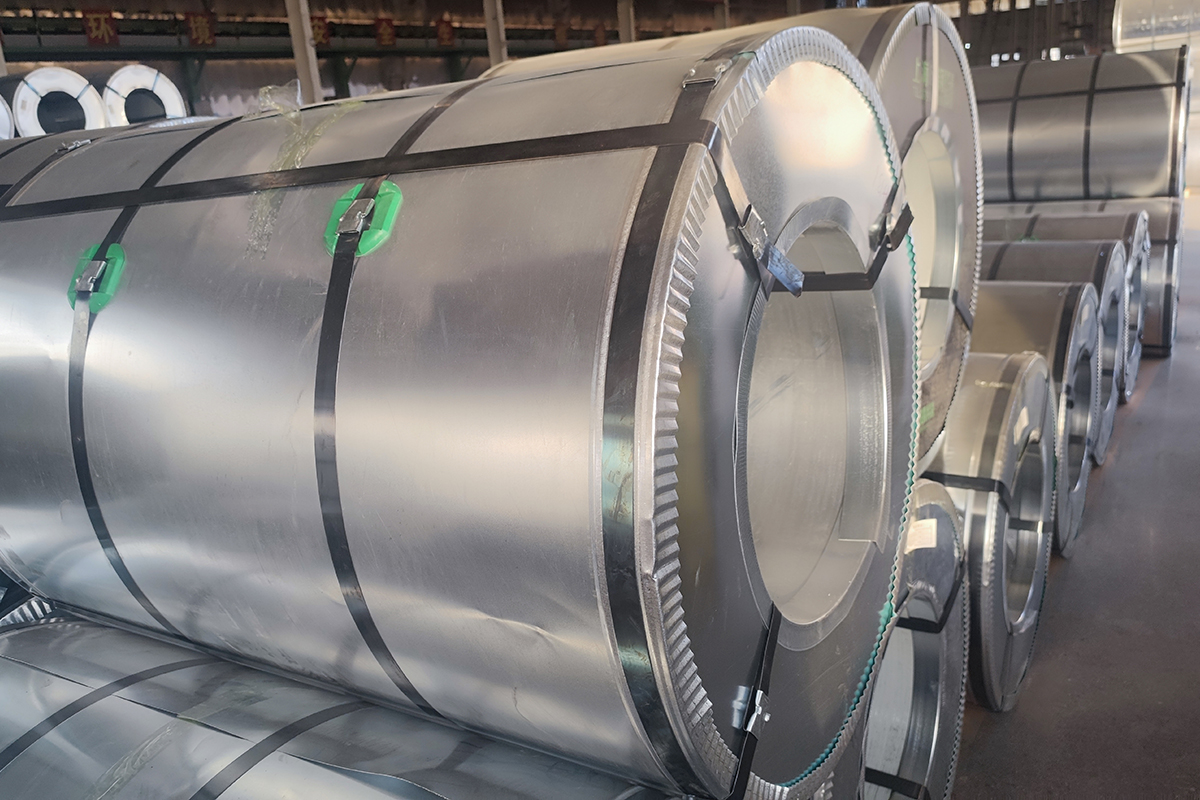
Galvanized steel is widely known for its resistance to corrosion, but it can still degrade over time due to various environmental factors. Corrosion occurs when the protective zinc coating breaks down, leading to the exposure of the underlying steel. Understanding the causes of corrosion in galvanized steel can help in taking preventive actions to maintain the material’s durability.
The Corrosion Process of Galvanized Steel
The corrosion of galvanized steel begins with the oxidation of the zinc layer on its surface. This leads to the formation of “white rust,” a powdery substance that forms when the zinc reacts with moisture and air. Over time, the white rust can develop into “black spots” as it reacts with carbon dioxide and other impurities in the air. If the corrosion continues, zinc is lost, exposing the steel underneath, which starts to oxidize, producing “red rust.” This process accelerates once the steel is exposed, and the corrosion rate increases rapidly, ultimately shortening the lifespan of the galvanized steel.
Key Factors Influencing Galvanized Steel Corrosion
- Relative Humidity
The moisture content in the air is one of the primary factors affecting corrosion. When the relative humidity is low, corrosion happens very slowly. However, when the humidity increases and reaches a certain threshold, the rate of corrosion can rise sharply, causing damage to the galvanized coating. - Temperature
Temperature fluctuations play a critical role in corrosion. For every 10°C rise in temperature, the corrosion rate approximately doubles, particularly in environments with high humidity. Additionally, large temperature differences between day and night or between indoor and outdoor environments can cause condensation on the metal surface, accelerating the corrosion process. This is especially true in areas with frequent rainfall, high humidity, or fog, where condensation leads to more severe rusting. - Oxygen Exposure
Oxygen in the atmosphere is crucial in the corrosion of galvanized steel. The thin layer of water on the metal’s surface absorbs oxygen, which accelerates the corrosion process. The oxygen interacts with the zinc layer, making the corrosion more pronounced in areas with limited airflow and high moisture content. - Pollution and Surface Contamination
Airborne pollutants, such as sulfur dioxide or chlorides, as well as surface contaminants, can significantly accelerate corrosion. Even at lower humidity levels, pollutants can cause rapid corrosion. Once the relative humidity increases, the corrosion rate intensifies due to the enhanced chemical reactions between the contaminants and the steel surface.
Preventing Corrosion in Galvanized Steel
To prevent the corrosion of galvanized steel, maintaining the quality of the zinc coating is crucial. A proper zinc coating acts as a protective barrier against environmental elements. For applications where galvanized steel is processed (e.g., stamping or stretching), exposed areas are particularly vulnerable to rust, especially in humid conditions. Applying a rust-preventive coating or oil to these surfaces after processing can help extend the steel’s lifespan, protect the galvanized layer, and maintain its structural integrity.





